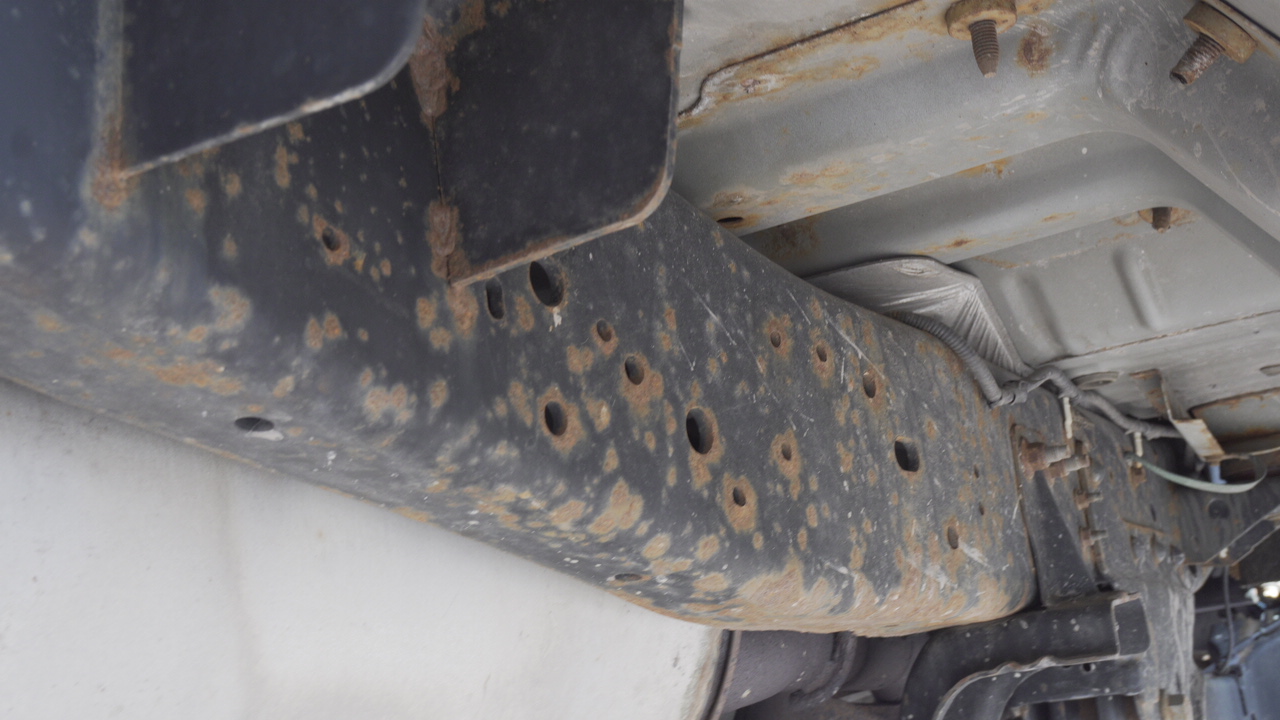What Is Rust? Understanding and Protecting Against Corrosion
By on Mar 16th 2023

Rust is a common enemy of metals, causing serious damage to valuable possessions, infrastructure, and machinery. Preventing rust and corrosion is essential to prolonging the life and maintaining the structural integrity of metal objects. In this article, we will explain what rust is, why it forms, and how you can protect your metal assets using the right protective coatings.
What is Rust?
Rust is a reddish-brown, flaky substance that forms on the surface of certain metals, most notably iron and steel, when they react with oxygen and moisture. This chemical reaction, known as corrosion, causes the metal to deteriorate over time. The primary culprit behind rust is a compound called iron oxide, which forms when iron or steel comes into contact with water and oxygen. Corrosion not only weakens the metal but also creates unsightly blemishes on its surface.
How Does Rust Form?
The formation of rust involves an electrochemical process. When an iron or steel surface is exposed to water and oxygen, the iron atoms lose electrons and form positively charged iron ions. These ions then react with oxygen molecules in the presence of water to create hydrated iron (III) oxide, which is commonly known as rust. Water is the main catalyst for oxidation (rust formation).
Factors Affecting Rust Formation
Several factors can influence the rate at which rust forms on a metal surface, including:
- Presence of moisture and oxygen: Rust requires both moisture and oxygen to form. High humidity and temperature can accelerate the process.
- Exposure to corrosive chemicals: Certain chemicals, such as salt, can speed up the corrosion process.
- Metal composition: Metals with higher iron content are more susceptible to rusting.
Protective Coatings to Prevent Rust
Applying a protective coating is one of the most effective ways to prevent rust and corrosion on metal surfaces. These coatings create a barrier between the metal and the environment, blocking moisture and oxygen from reaching the metal surface. Some of the most popular protective coatings include:
- Wax-Based: These coatings are pliable, self-healing coats that provide excellent chip resistance. Its "rust encapsulating" properties allow it to be applied over light rust that has been prepared. Great for catching rocks and debris, but not optimal for off-roading. Offered in our "Original" Black Wax & Clear Wax.
- Rubberized: These coatings, such as our 100% Pure Rubber, dry firm but flexible and provide a finish that can be painted with an automotive top-coat finish. Great for applying on fresh, smooth substrates. Effective off-roading and around coasts as debris will not adhere to the coating.
- Oil-Based: These coatings, such as Clear Fluid Coat are great at penetrating surfaces and creeping in hard to reach crevices. They remain "active" throughout the life, never dry but repel and push out moisture. Perfect for annual treatments.
- Powder Coatings: Powder coatings are a dry finishing process that involves applying a protective layer of thermosetting polymer powder to the metal surface. This coating is then cured using heat, forming a durable, corrosion-resistant layer.
- Galvanization: Galvanizing is a process in which a metal object is coated with a thin layer of zinc, providing protection against rust. The zinc layer serves as a sacrificial anode, corroding in place of the iron or steel.
- Chemical Inhibitors: Chemical inhibitors can be applied to metal surfaces to slow down the corrosion process. These inhibitors react with the metal to form a protective layer that prevents the formation of rust.
Understanding the process of rust formation and the factors that contribute to it is crucial in developing effective strategies to prevent corrosion. By using the appropriate protective coatings, you can safeguard your metal assets against rust and prolong their lifespan, ensuring they remain functional and maintain their aesthetic appeal. Always consult with professionals or follow the manufacturer's instructions when selecting and applying protective coatings to ensure the best possible results.
If you have any questions, feel free to reach out to us.





